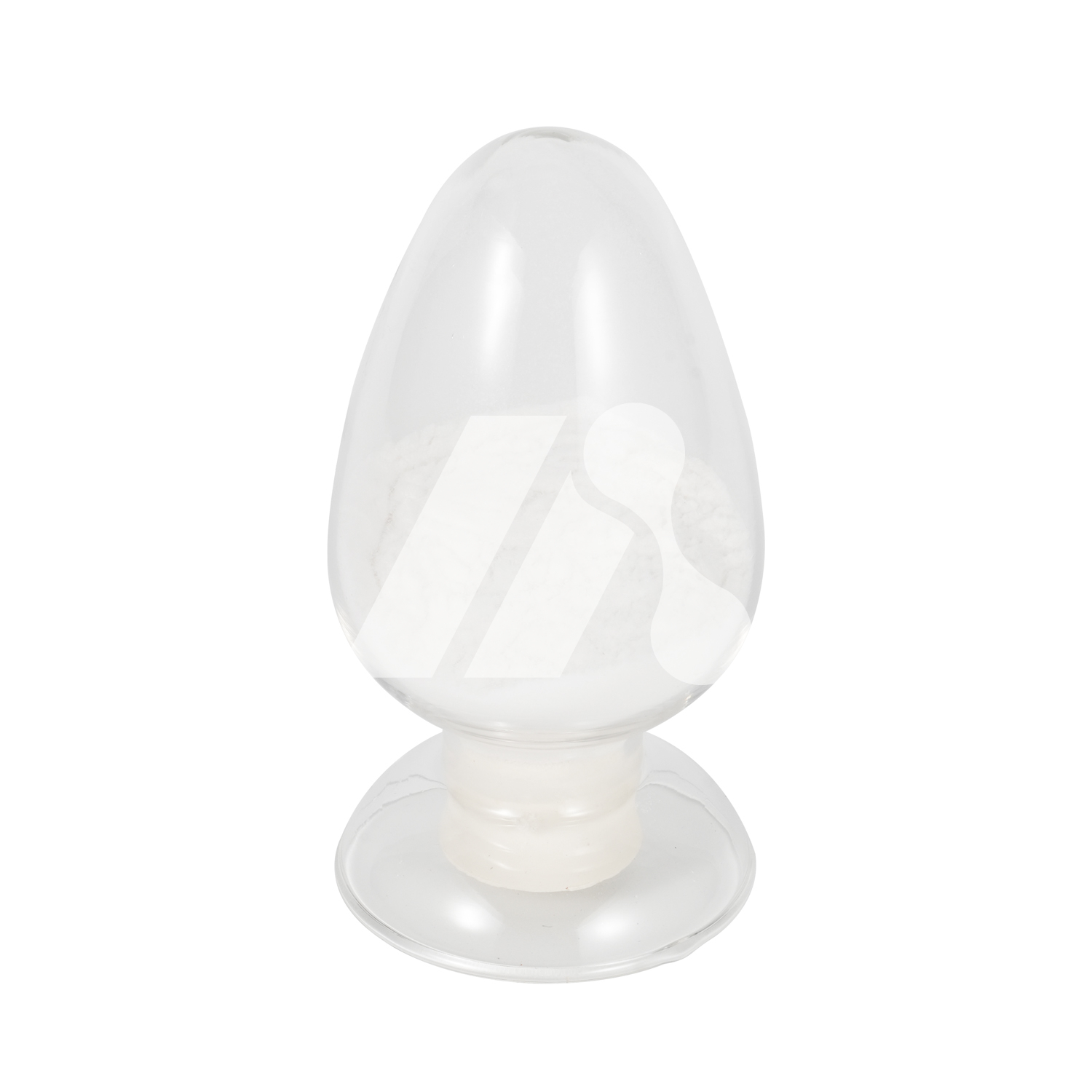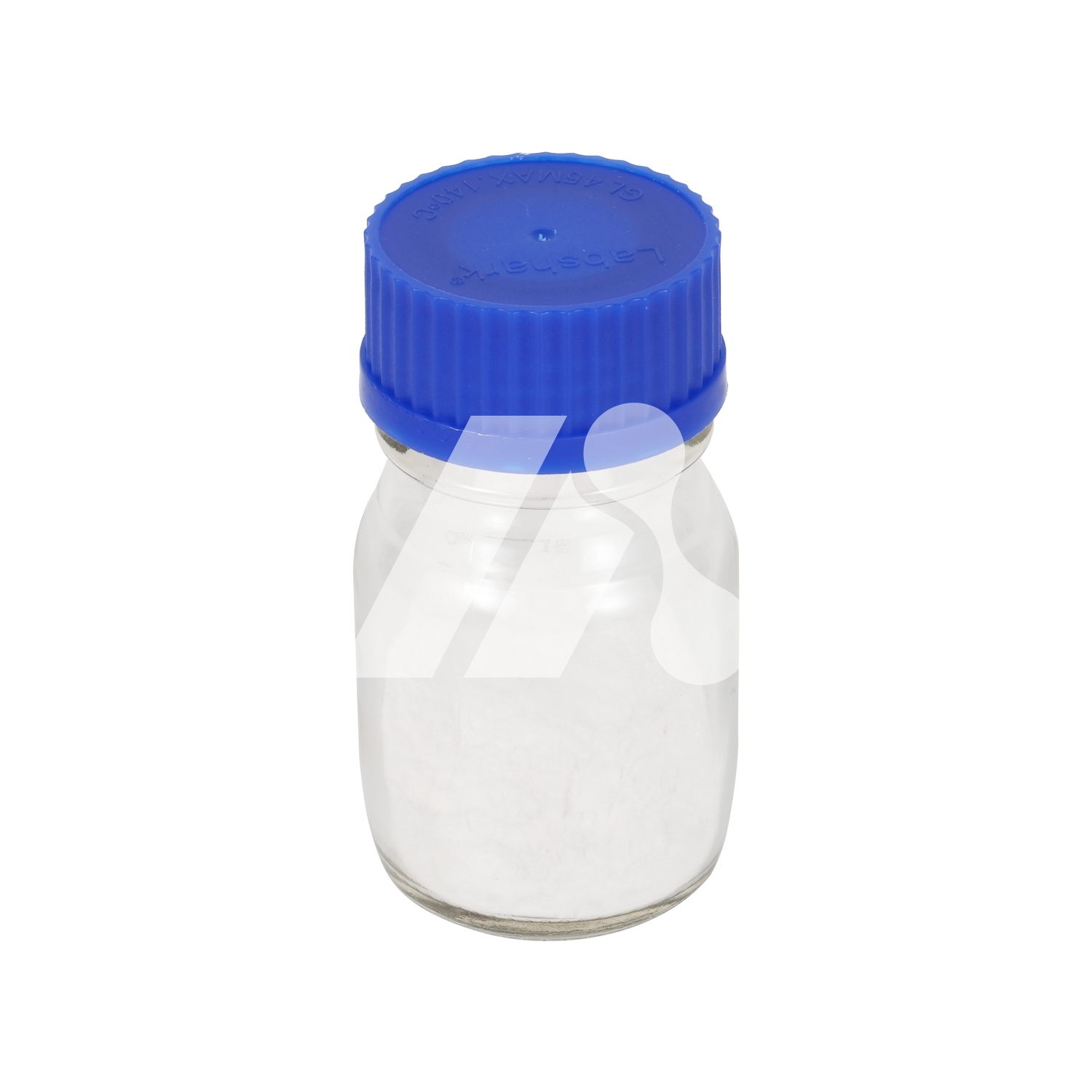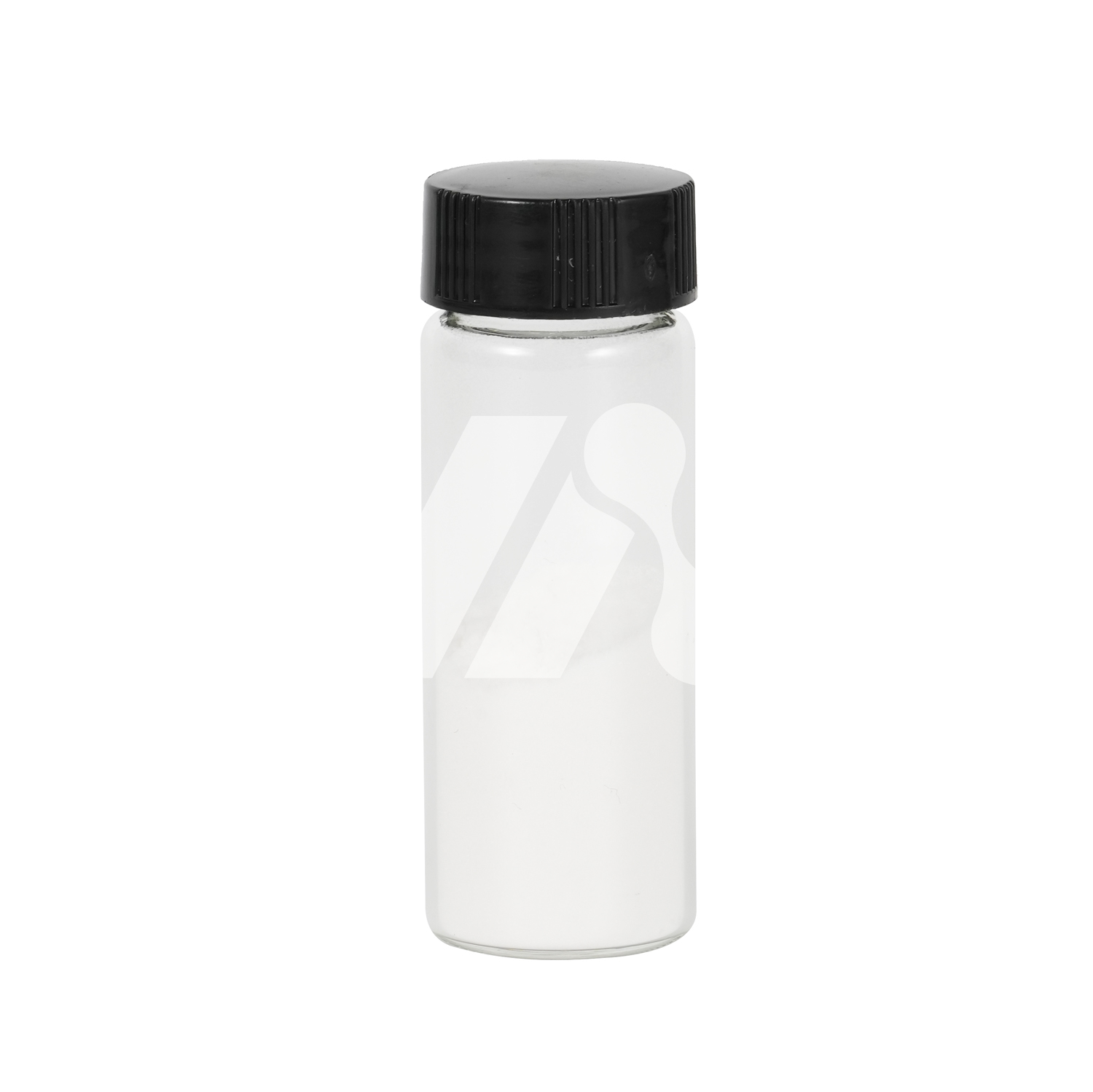CAS No.: 77182-82-2
Empirical Formula: C5H18N3O4P
EINECS: 278-636-5
Appearance: White Powder
Origin: China
Introduction: Glufosinate is mainly used for weed control in orchards, vineyards, potato fields, nurseries, forests, pastures, ornamental shrubs and no-till land, and controls annual and perennial grass weeds, such as foxtail, wild oats, crabgrass, barnyard grass, foxtail, bluegrass, creeping ice grass, bermudagrass, bentgrass, reed, fescue, etc. It can also control broad-leaved weeds such as quinoa, amaranth, polygonum, shepherd's purse, nightshade, chickweed, purslane, galium, chickweed, field thistle, field bindweed, dandelion, and has a certain effect on sedges and ferns. When broad-leaved weeds are at the beginning of vigorous growth and when grass weeds are at the beginning of tillering, spray 0.7-1.2 kg/hectare of the drug on the weed group. The weed control period is 4-6 weeks. If necessary, the drug can be applied again, which can significantly extend the effective period. Potato fields should be applied before budding, or sprayed before harvest to kill the stubble on the ground and facilitate harvesting. For the prevention and control of ferns, the dosage is 1.5 to 2 kg per hectare. It is usually used alone, but sometimes it can be mixed with simazine, diuron or 2-Methyl-4-chlor.
Basic Info.

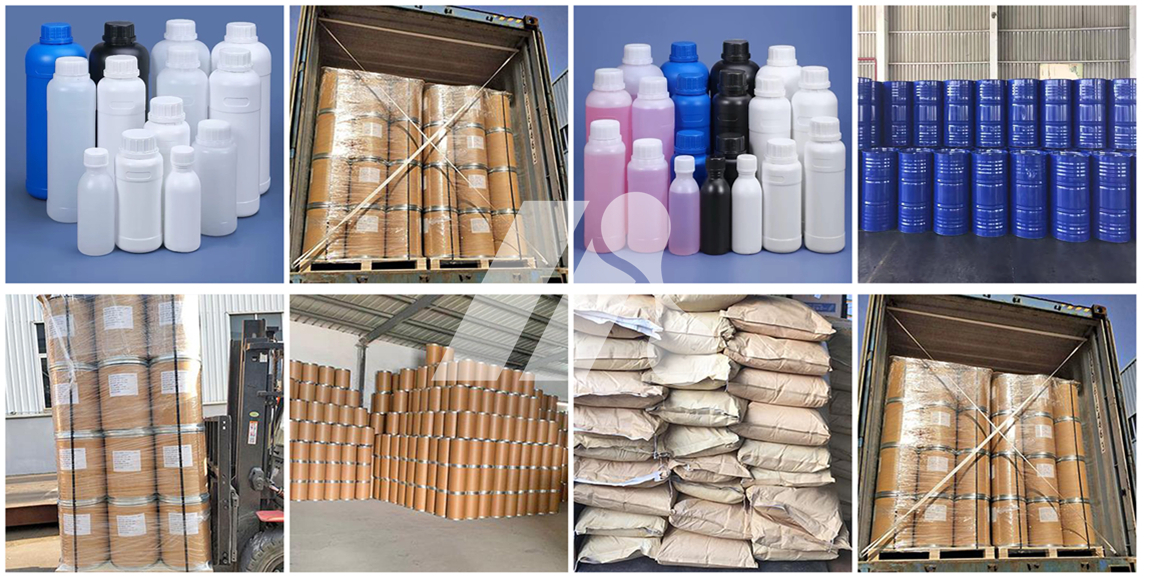

-
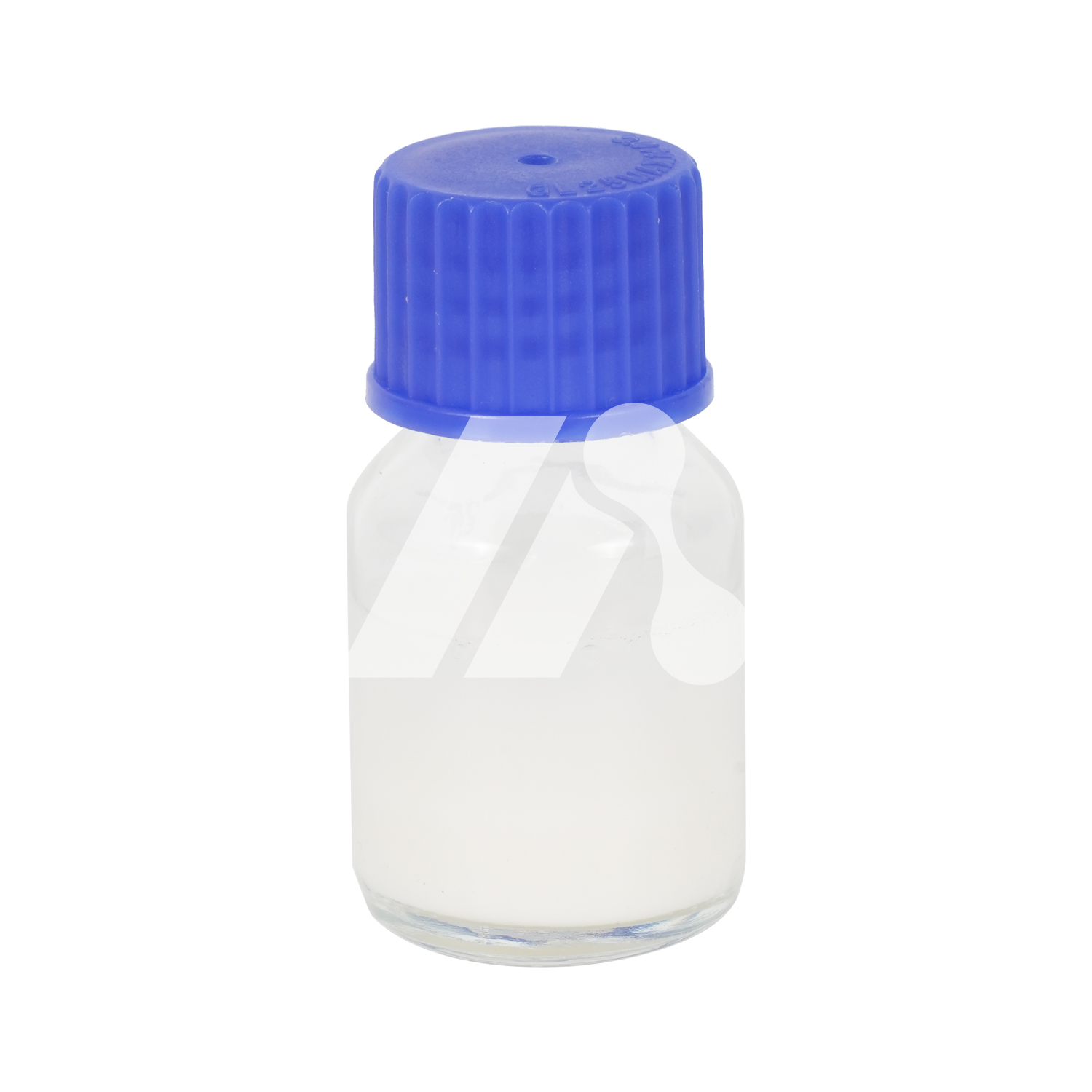 Tebuconazole 98%
Tebuconazole is a triazole fungicide, a sterol demethylation inhibitor, and a highly efficient systemic fungicide used for seed treatment or foliar spraying of important economic crops. It can effectively prevent and control various rust diseases, powdery mildew, net spot, root rot, scab, smut, seed-transmitted ring spot, tea cake disease, banana leaf spot, etc. of cereal crops.
CAS No.: 107534-96-3
1 kg (MOQ)
Tebuconazole 98%
Tebuconazole is a triazole fungicide, a sterol demethylation inhibitor, and a highly efficient systemic fungicide used for seed treatment or foliar spraying of important economic crops. It can effectively prevent and control various rust diseases, powdery mildew, net spot, root rot, scab, smut, seed-transmitted ring spot, tea cake disease, banana leaf spot, etc. of cereal crops.
CAS No.: 107534-96-3
1 kg (MOQ)
-
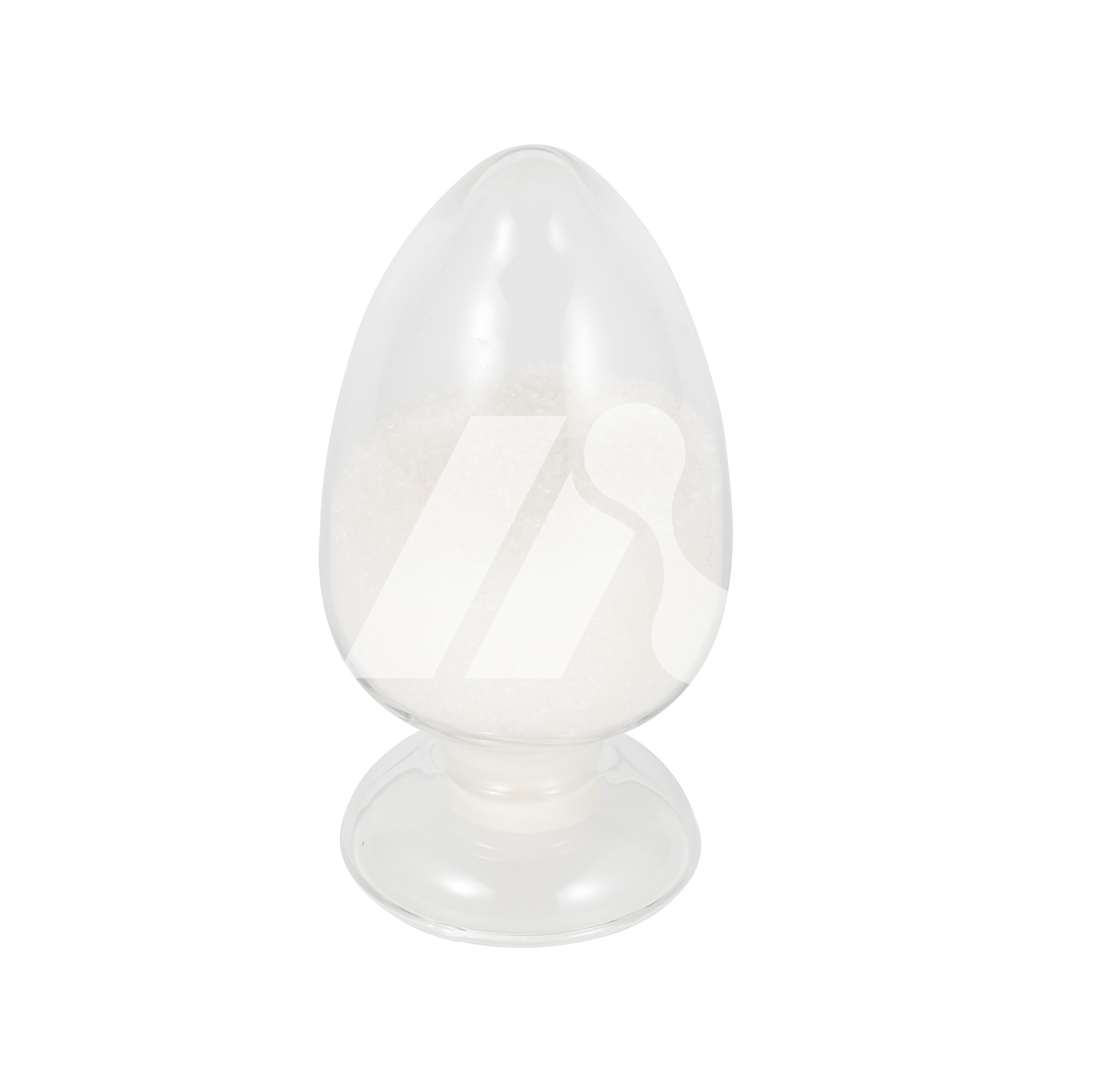 Tembotrione 98%
Tembotrione is a herbicide used to control grassy and broadleaf weeds in corn fields.Mainly used in corn fields, cyclosulfonate is a post-emergence HPPD (hydroxyphenylpyruvate dioxygenase) inhibitor herbicide. It works by blocking the plant's internal. The biosynthesis of isoprenylquinone causes chlorosis, discoloration, tissue necrosis, and ultimately the death of weeds within 2 weeks.
CAS No.: 335104-84-2
1 kg (MOQ)
Tembotrione 98%
Tembotrione is a herbicide used to control grassy and broadleaf weeds in corn fields.Mainly used in corn fields, cyclosulfonate is a post-emergence HPPD (hydroxyphenylpyruvate dioxygenase) inhibitor herbicide. It works by blocking the plant's internal. The biosynthesis of isoprenylquinone causes chlorosis, discoloration, tissue necrosis, and ultimately the death of weeds within 2 weeks.
CAS No.: 335104-84-2
1 kg (MOQ)
-
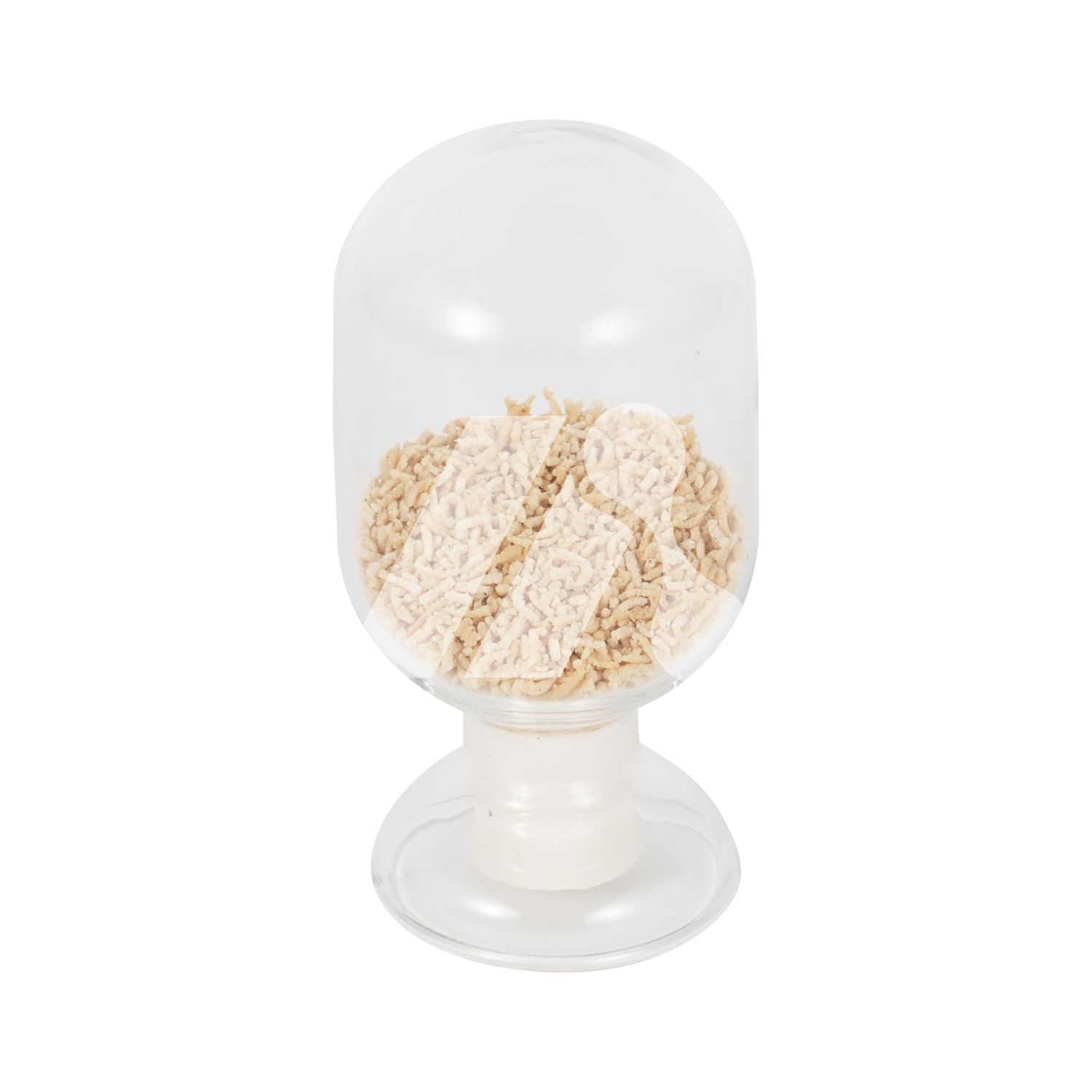 Glyphosate 97%
Glyphosate is a systemic broad-spectrum herbicide. It mainly inhibits the enolpyruvyl shikimate phosphate synthase in plants, thereby inhibiting the conversion of shikimate to phenylalanine, tyrosine and tryptophan, interfering with protein synthesis and leading to plant death. It was initially used in rubber plantations to control thatch and other weeds, which can enable rubber trees to be tapped one year earlier and old rubber trees to produce more.
CAS No.: 1071-83-6
1 kg (MOQ)
Glyphosate 97%
Glyphosate is a systemic broad-spectrum herbicide. It mainly inhibits the enolpyruvyl shikimate phosphate synthase in plants, thereby inhibiting the conversion of shikimate to phenylalanine, tyrosine and tryptophan, interfering with protein synthesis and leading to plant death. It was initially used in rubber plantations to control thatch and other weeds, which can enable rubber trees to be tapped one year earlier and old rubber trees to produce more.
CAS No.: 1071-83-6
1 kg (MOQ)

